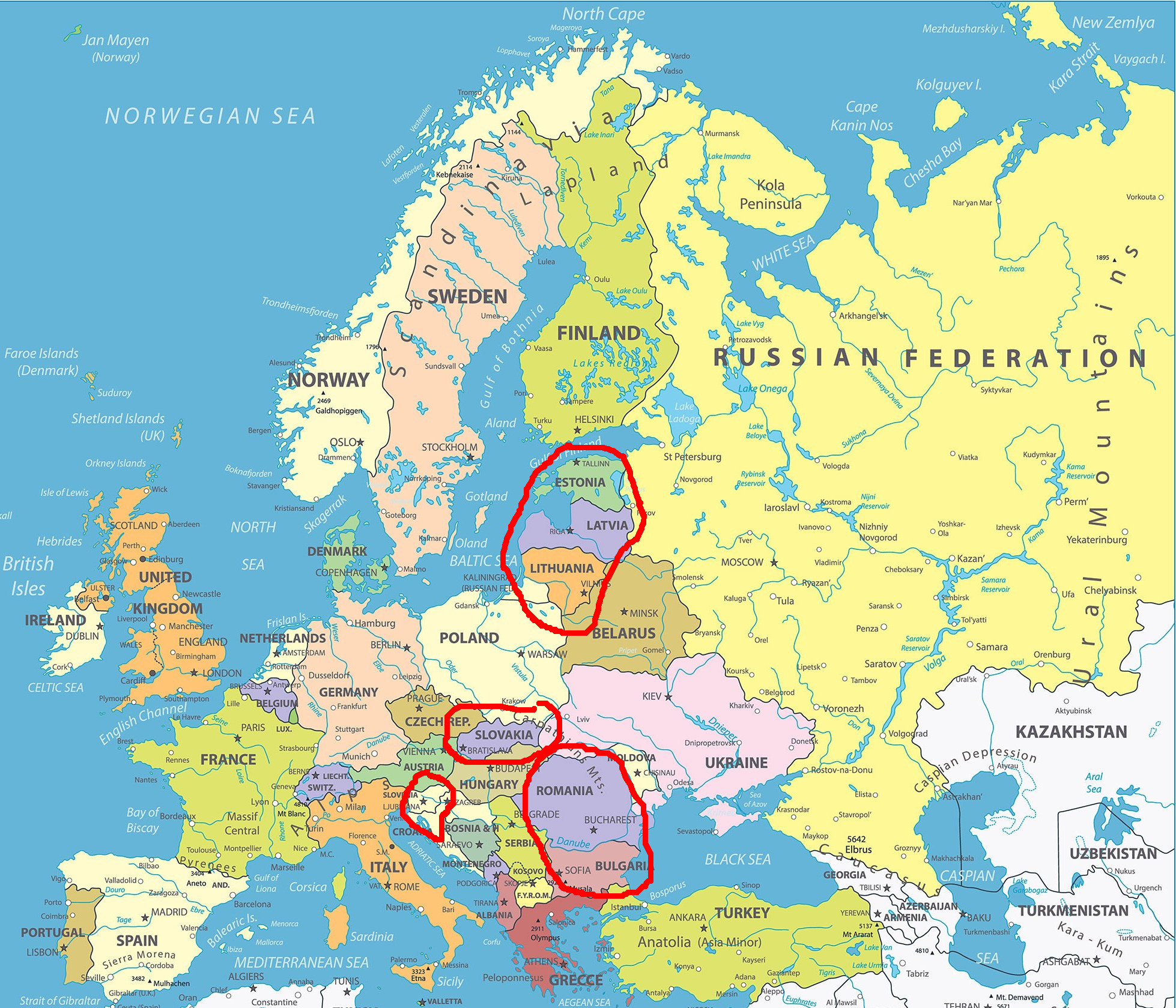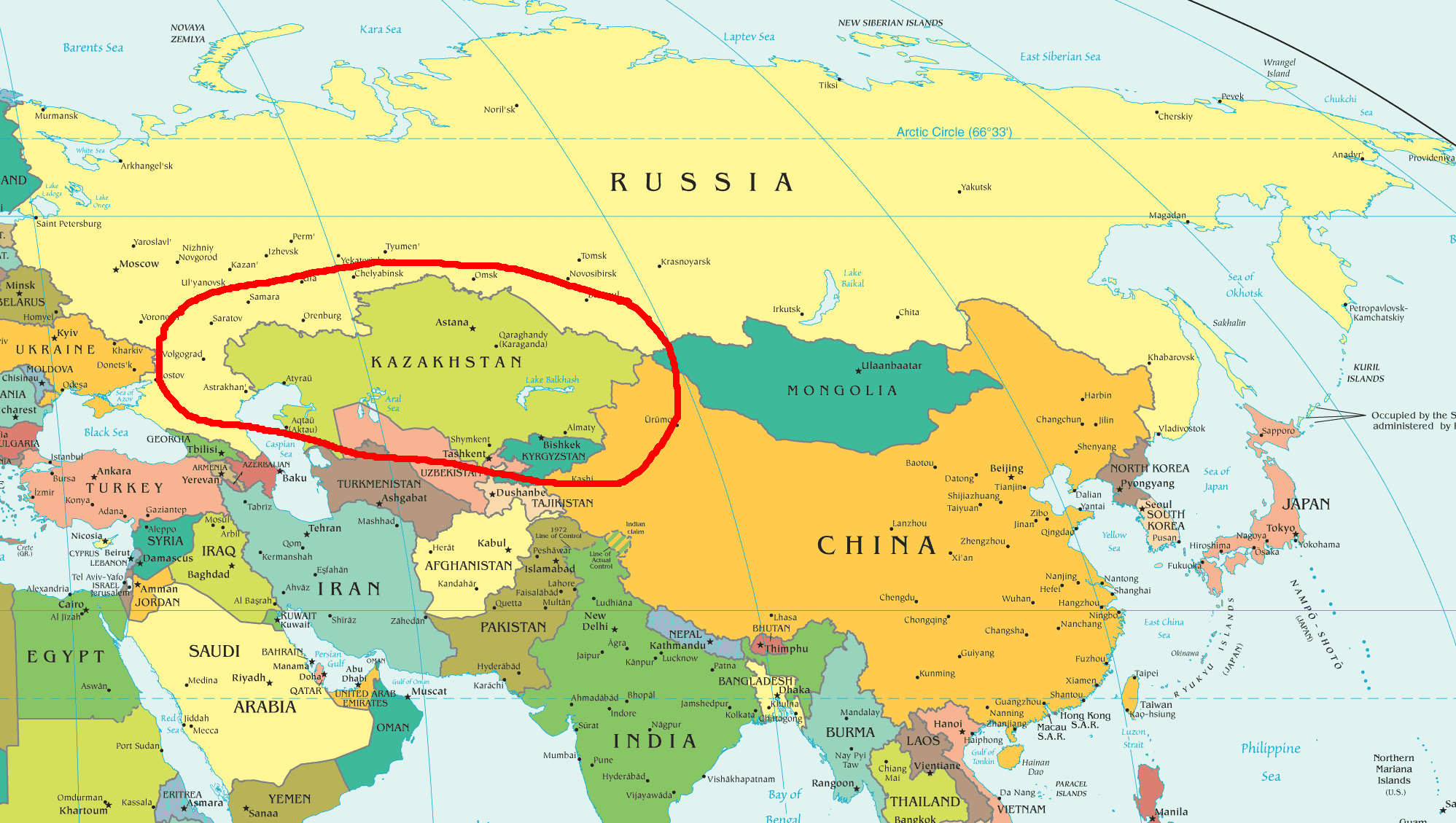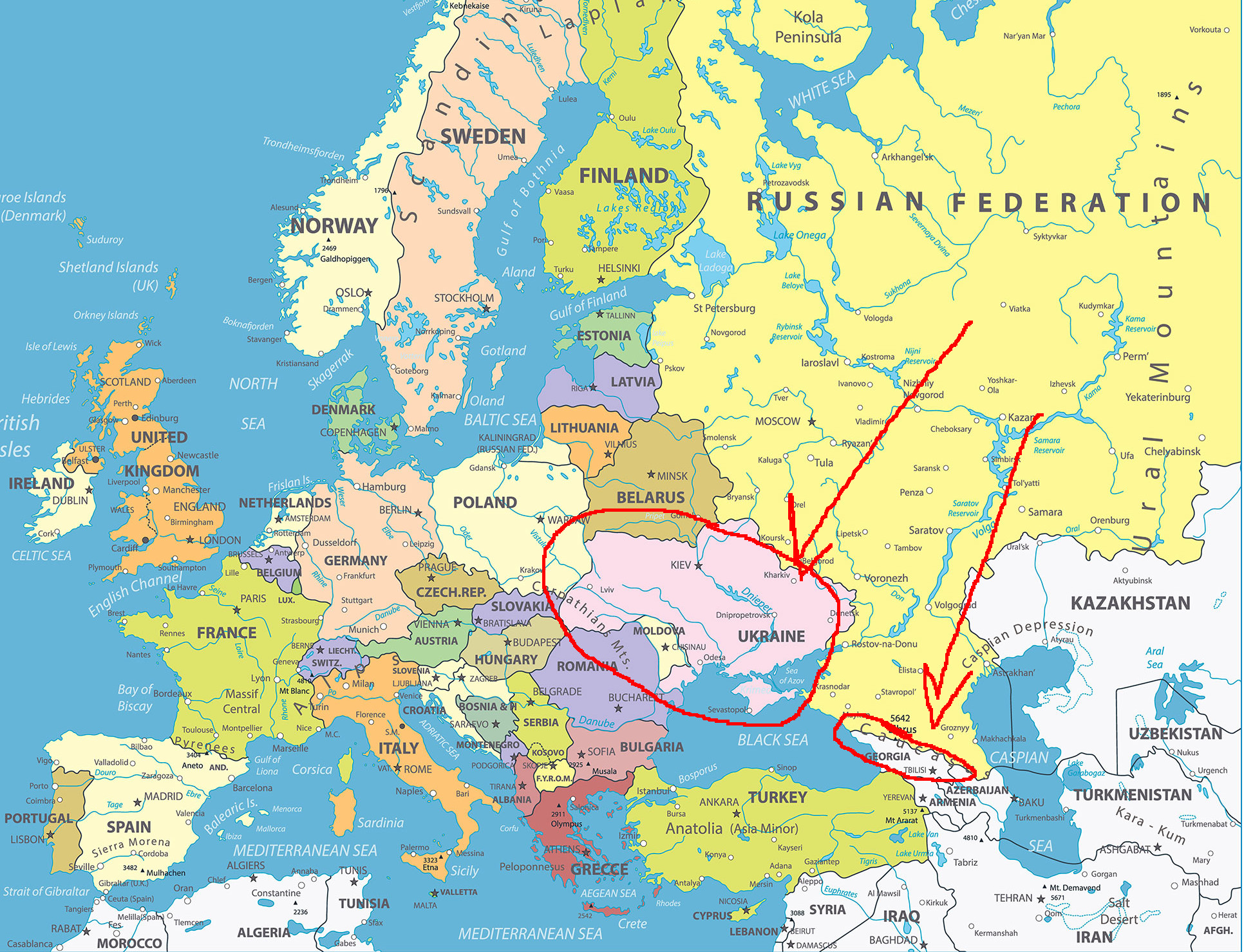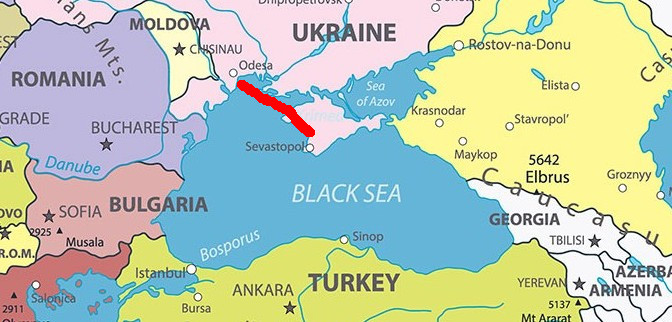Russia and the NATO Expansion
UPDATED Feb 2022 for additional links and text updates for clarity.
A little story I want to tell about the Russian Federation and the expansion of NATO under the direction of the US Government.
NOTE: Conversational quotes are paraphases of actual statements.
1991:
the Soviet Union dissolution was largely complete. All the former members of the Union were now their own nation states and several of the more radically evolving nations (like Poland) were already being approached by NATO and Europe (who was in proto-EU stages) for membership in their treaties.
1992:
Bill Clinton is elected President of the US, and Boris Yeltsin is elected President of Russia.
1993:
Yeltsin and the Russian Duma (Congress) were super worried about NATO expanding into former Soviet territories (especially Poland, Hungary, Ukraine, and Czechslovakia) and basically just drawing a new Cold War line right up to the Russian border and beginning neo-isolation on Russia in their weakened state. Literally the entire Duma joined the “Anti-NATO Expansion” caucus. Yeltsin told Clinton and Diplomats “stop expanding NATO and Europe Treaties like this, it looks like you’re going to screw us; instead let’s get all of us former Soviet countries into the treaties together”.
The US proposes to make a new program, “Partnership for Peace”, within NATO that former Soviet nations can join without becoming full members.
U.S. officials led Russian President Boris Yeltsin to believe in 1993 that the Partnership for Peace was the alternative to NATO expansion, rather than a precursor to it, while simultaneously planning for expansion after Yeltsin’s re-election bid in 1996 and telling the Russians repeatedly that the future European security system would include, not exclude, Russia.
- “Nato Expansion: What Yeltsin Heard” declassified meeting documents between US officials and President Yeltsin
1994:
NATO officially launches the “Partnership for Peace” program in January 1994. The following countries join the program:
- Ukraine (February 8, 1994)
- Moldova (March 16, 1994)
- Georgia (March 23, 1994)
- Azerbaijan (May 4, 1994)
- Turkmenistan (May 10, 1994)
- Kazakhstan (May 27, 1994)
- Kyrgyzstan (June 1, 1994)
- Russia (June 22, 1994)
- Uzbekistan (July 13, 1994)
- Armenia (October 5, 1994)
Clinton goes to Prague and meets with the leaders of the Czech Republic, Poland, Hungary, and Slovakia saying they’re on a “track that will lead to NATO membership” and that “does not draw another line dividing Europe a few hundred miles to the east.” Clinton and the US says nothing to Russia.
Yeltsin gets pissed, gets a ton of shit from the Duma, and responds something like “you said you weren’t expanding NATO, but you’re promising all these countries membership”. To which the US responds something like, “well of course we’re expanding, that was always the plan and there’s nothing you can do about it.”
When Yeltsin complains further that US agreed not to do what they’re doing, the US Ambassadors literally say “Boris was drunk during our meetings and must have misunderstood” (Boris Yeltsin had a well known drinking problem). Clinton again agrees not to do anything else until after 1996 elections (US and Russia have the same presidential cycle).
1995:
The U.S. House of Representatives adopts the “National Security Revitalisation Act” providing for the expansion of NATO to include the following nations:
- Czech Republic
- Poland
- Slovakia
- Hungary
1996:
President Bill Clinton in a speech in Detroit presents a specific NATO enlargement timeline saying that the first new member states from Central and Eastern Europe should be admitted to NATO before 1999.
1997:
In the Madrid conference, NATO officially and publicly invites the following countries to join as full members:
- Poland
- Hungary
- Czechoslovakia
Russia is pissed; Yeltsin looks like a tool. NATO now has roughly the same Eastern borders that Nazi Germany had before invading the Soviet Union in 1941.
1998:
The Kosovo War in Serbia begins; lots of ethnic cleansing and other war crimes; super nasty stuff.
For background, Serbia has been a pseudo-protectorate of Russia for literally centuries with Russians and Serbians sharing many ethnic and cultural ties. Remember, World War I was primarily kicked off when (a) the Austro-Hungarian Empire invaded Serbia in response to Serbian assassination of the Austrian Archduke and (b) Russia sent the army to defend Serbia. Allied nations on both sides got involved and WHAMMY … The War to End All Wars (or maybe not).
1999:
In March, NATO starts launching airstrikes in Serbia and deploying peace keeping forces. All without talking to Russia. Like at all. To put in perspective, imagine Russia unilaterally bombing Guatemala or Panama without even mentioning it to the US. The Duma is once again pissed off, and Yeltsin looks like an even bigger tool.
Soon after, President Boris Yeltsin resigns in disgrace as President of Russia. In Russia, many still consider Yeltsin a puppet of the west.
Now, who did Yeltsin pick as his successor? … Vladimir Putin.
2004:
New bloc, consisting primarily of former Soviet nations, join NATO as full members:
- Bulgaria
- Estonia
- Latvia
- Lithuania
- Romania
- Slovakia
- Slovenia
Estonia and Latvia border the Russian mainland. Lithuania borders the Russian administered area Kaliningrad.

2007:
Poland:
One must not forget the calculated and deliberate disinformation that Russia has been practising regarding its relations with the Alliance. It consistently uses the myth of “betrayal of the West”, blaming NATO nations for being the primary cause of the current state of NATO-Russia relations.
2009:
Additional Eastern European nations in the Balkans join NATO as full members:
- Albania
- Croatia
2010:
Kazakhstan’s PfP Training Centre is accredited by NATO as a “Partnership Training and Education Centre”.
Kazakhstan is one of the largest countries bordering Russia.

2014:
February: The months-long Euromaidan protests in Ukraine culminate in revolution with Russian-backed President Yanukovych fleeing the country and the Ukrainian Parliament voting to form a new interim unity government, backed by the European Union.
February-March: Russia invades Eastern Ukraine and occupies and annexes the Crimean Peninsula and the port city of Sevastopol, which has been the major base for Russia’s Black Sea Fleet since the 18th Century while the region has an ethnic Russian majority and speaks Russian as its most common language.
September: NATO conducts a summit in Wales and names five countries as eligible for enhanced opportunities partnership for dialogue and cooperation (EOP):
- Australia (North Atlantic what? lol)
- Finland
- Georgia
- Jordan
- Sweden
2016:
Ukraine passes legislation opening the possibility of joining of NATO.
2018:
Three countries are upgraded to “aspiring members” of NATO:
- Bosnia and Herzegovina
- Georgia
- Ukraine
Currently, three partner countries have declared their aspirations to NATO membership: Bosnia and Herzegovina, Georgia and Ukraine.
- “Enlargement” article on the NATO website
Ukraine and Georgia are those countries on the southern borders of Russia.

2021:
Ten (10) NATO warships “visit” the port city of Odessa, Ukraine on the Black Sea; approximately 188 miles from Sevastopol, a major base of the Russian Black Sea Fleet.

NATO Secretary General makes official visits to Finland.
2022:
Western media and government officials publicly discuss the possibilties of Finland and Sweden joining NATO.
The Big Question
Why has Vladimir Putin not embraced relations with the west?
References
- https://www.gov.pl/web/national-defence/poland-in-nato-20-years
- https://www.gov.pl/web/eu/poland-in-the-eu
- https://nsarchive.gwu.edu/briefing-book/russia-programs/2018-03-16/nato-expansion-what-yeltsin-heard
- https://en.wikipedia.org/wiki/Partnership_for_Peace
- https://en.wikipedia.org/wiki/Enlargement_of_NATO
- https://www.washingtonpost.com/history/2020/06/26/russian-election-interference-meddling/